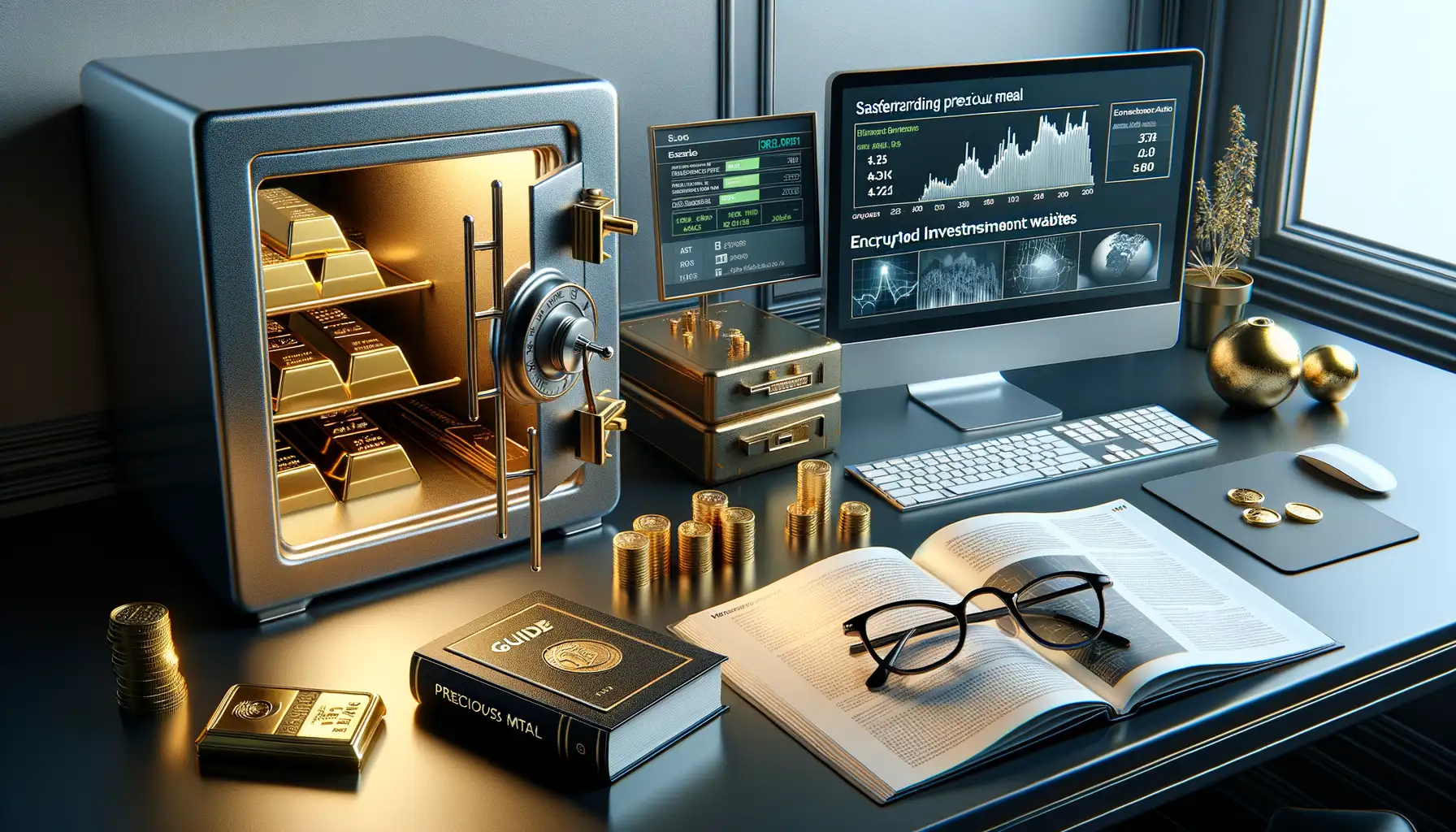Key Indicators of Counterfeit Gold Coins
Visual Clues That Give Away Counterfeits
Your eyes are your first line of defense when spotting a fake gold coin. Counterfeiters often falter in the details, leaving subtle yet telling signs behind. Inspect the coin’s design closely—real gold coins boast razor-sharp engravings and intricate patterns. If the design looks soft or blurry, you could be staring at a dud.
Another red flag? The color. Genuine gold radiates that unmistakable, warm luster. Fakes, on the other hand, might appear too brassy or unnaturally shiny. And don’t forget about size and weight! A counterfeit coin might feel suspiciously light or slightly off in its dimensions. Grab a ruler or compare it to a certified genuine coin if you’re unsure.
- Does the surface have uneven textures or blemishes?
- Are there spelling errors in the engraving? (Yes, this happens more often than you’d think!)
- Is the edge smooth when it should be reeded?
The Sound of Authenticity
Have you ever dropped a gold coin just to hear that satisfying “ping”? Real gold has a unique sound—a clear, high-pitched ring when struck gently. Counterfeit coins? They often produce a dull thud, betraying the lower-quality metals inside. Try it with care. Sometimes, your ears can catch what your eyes might miss.
Tools and Techniques for Testing Gold Coins

Simple Tools You Can Use at Home
Are you ready to play detective? Spotting counterfeit gold coins doesn’t always require a laboratory—sometimes all you need is a small toolkit and an eye for detail. Start with a basic magnifying glass. Look closely at the coin’s surface. Are the edges crisp, or are they oddly rounded like someone smudged the design? Even minor irregularities can be a red flag.
Want something more precise? Bring in a digital caliper and scale. Gold has a unique density that fakes often can’t match. Know your coin’s weight and diameter specs—when you measure and it’s even slightly off, that’s your first sign of trouble.
Here’s a trick we love: keep a small strong magnet handy. Real gold is non-magnetic, so if your coin clings to the magnet, guess what? You’ve got yourself a fake!
Advanced Techniques for the Curious Collector
Feeling like leveling up? Try the famed ping test. Tap your gold coin gently with another metal object and listen for a distinct, high-pitched ring. Counterfeit coins often sound dull or flat. Want more data? Pick up a portable acid test kit. It’s a little bold, but a drop of acid on the edge reveals if the coin is gold or just a pretty impostor on the inside.
No matter which tool or method you use, remember one thing: authenticating gold coins is part science, part art—and a huge dose of instinct!
Common Scams and Red Flags in the Market

Shady Deals and Slick Tricks: What to Watch Out For
The gold coin market can be a glittering paradise—or a trap lined with fool’s gold. Scammers are clever, and their tactics are designed to tug at your wallet while clouding your judgment. If you don’t know their game, you might find yourself all in—and losing big.
Here’s a peek behind the curtain at some of their most common ploys:
- Too Good to Be True Prices: You spot a beautifully crafted coin for half its market value. Sounds incredible, right? Well, it probably is. Scammers bank on your desire for a steal—but what you’re buying may literally be “worthless.”
- Mystery Provenance: Ever hear, “This belonged to my grandfather, and I’m selling it to cover medical bills”? It’s an emotional angle meant to distract from the lack of verifiable documentation—or worse, the coin itself being a fake.
Certifications That Aren’t Worth the Paper They’re Printed On
Some fraudsters present coins with certificates of authenticity that appear legitimate—emphasis on “appear.” These forged papers might look official, but they wouldn’t hold up under scrutiny from trusted grading organizations like PCGS or NGC. Always verify certificates separately!
Oh, and let’s talk online dealings. Shady websites and fly-by-night sellers on auction platforms are rife with fakes. If their contact info is vague or they rush you to close the deal, alarm bells should be ringing louder than a fire alarm.
How to Verify Authenticity with Professional Help

Enlisting an Expert Eye
Sometimes, your instincts hint that something’s off. Maybe the coin feels too light or the sheen just doesn’t sit right under the light. When doubt creeps in, it’s time to let a professional take the stage. Why? Because they have the tools—and the trained eye—you probably don’t.
For starters, seasoned appraisers or certified numismatists (fancy word for coin experts!) know how to read the tiniest details on a gold coin. They’ll examine subtle nuances, like mint marks, edge designs, and even the way light dances off the surface. It’s like having Sherlock Holmes analyze your coin, magnifying glass in hand!
Who to Trust with Your Treasure?
Finding the right expert requires care and research. Start with these trusted resources:
- Reputable coin dealers: Often affiliated with associations like the Professional Numismatists Guild (PNG).
- Precious metal testing services: Equipped with advanced tech like XRF spectrometers to pinpoint metal composition.
Always check their credentials and reviews. A true pro will offer transparent communication and no-pressure consultations. After all, when protecting your investments, you deserve nothing but the best!
Tips for Safeguarding Your Precious Metal Investments

Protecting Your Hard-Earned Treasure
Your gold coins aren’t just shiny keepsakes—they’re tangible pieces of wealth, perhaps tied to dreams of a secure future or treasured family heirlooms. Ensuring their safety is non-negotiable. Start with a simple yet powerful rule: **location matters**. Storing your coins in a high-quality home safe or even a secure vault at your bank adds a critical layer of protection.
But don’t stop there; let’s think beyond the lock and key. Too many investors overlook the *paperwork*. Always keep your purchase receipts, certificates of authenticity, or any documentation in a separate location. Why? Not only does this help prove ownership, but it also bolsters resale value down the road.
- Consider investing in insurance tailored for precious metals. It’s peace of mind wrapped in a policy.
- Rotate your storage locations periodically to minimize predictability.
- Avoid bragging about your collection—it’s tempting, but discretion is your best defense against thieves.
Guarding Against The Unexpected
Life happens. Fires, floods, or other unforeseen mishaps could place your investments in peril. While you can’t control nature, you can opt for fireproof and waterproof safes. And when choosing storage devices, look for those equipped with advanced anti-tamper technology.
Finally, always trust, but verify. If you’re storing coins off-site, visit the facility every so often to ensure all is well. After all, your treasure deserves a proactive guardian—someone like you!



